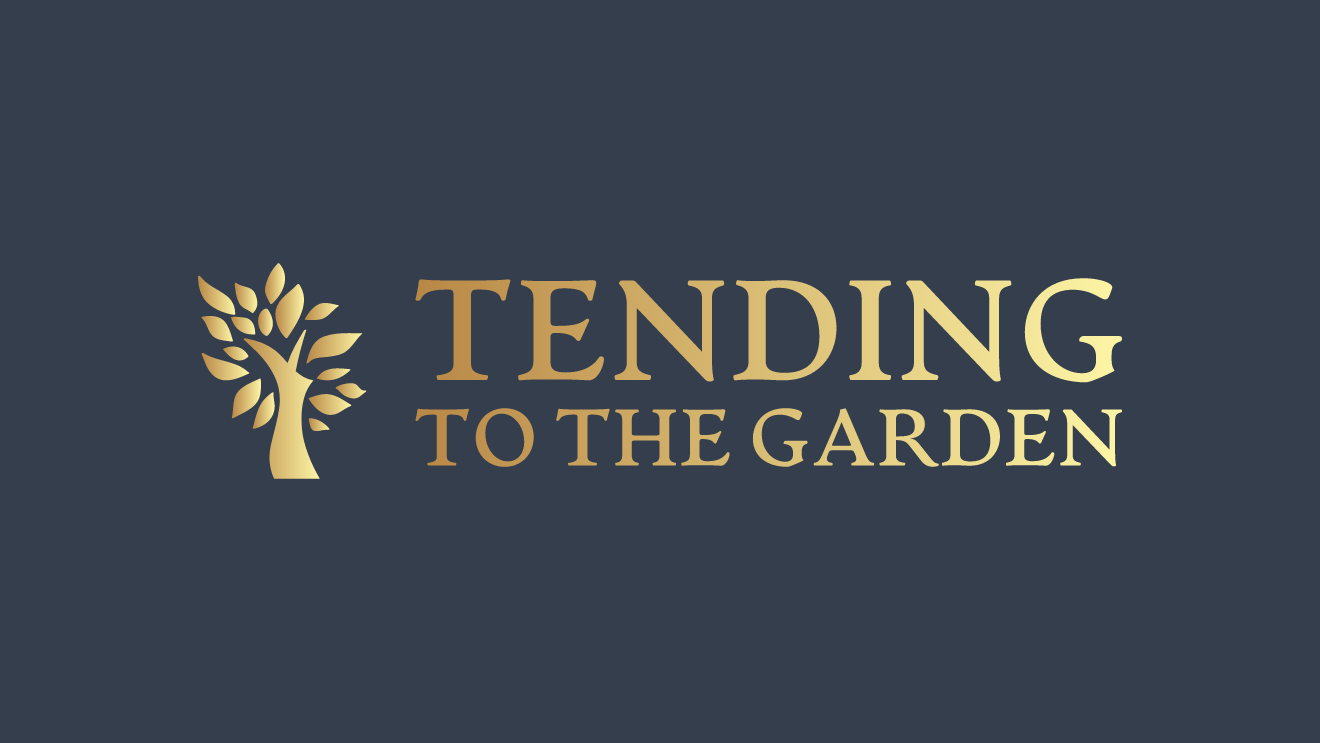This is an excerpt from a webinar I gave for the group Nazarenes for Creation Care in October 2022.
When I was starting out in my Masters in Education program, a concept that stuck out to me as I was learning how to write curriculum was to “begin with the end in mind”. Given that premise, I’d like to start with this quote which you can find on most pages of this blog. It serves as a roadmap for how we all can do conservation.
““In the end we will conserve only what we love, we will love only what we understand, and we will understand only what we have been taught.” [Baba Dioum, Senegalese Conservationist]
So then, what does it mean to conserve, or to practice conservation? The father of the modern conservation movement, Aldo Leopold, said that conservation is a state of harmony between people and the land.
The problem is that humans have free will and can choose to disrupt the harmony through activities such as deforestation and plastic pollution; resource extraction and climate change.
We need to reverse the effects of our sin that disrupt the harmony of our planet. Conservation and restoration happen when people love and understand the biological communities they are a part of and want to ensure that they are here for current and future generations.
Loving creation involves showing compassion for the least of these. One way we can care is to speak up on behalf of those that we have harmed, those that have no voice, so that they can fulfill their God-given command to be fruitful and multiply.
As Christians, what should be our driving force for conservation? What makes it sacred?
- God put us in the garden to keep and serve it (Genesis 2:15)
- Keeping – leaving the world better than we found it
- Serving – never taking more than we are willing to give back
- Act of worship – if we love God with all of our hearts, we will love what he loves as an act of worship to the Creator
- We will obey God’s commands to love our neighbors and seek justice for all
- We can become whole again when our relationships with God, each other, and the rest of creation are restored
So what is it that we are trying to conserve? At its heart, conservation is about maintaining and restoring biological diversity. This means conserving all forms and varieties of life, as well as the processes performed by biological communities, because the greater the biodiversity, the healthier our planet.
So what kinds of biodiversity do we want to conserve – what are some examples?
- How about pollinators? Pollinators are absolutely essential for reproduction in many plants and trees, so maybe we should conserve their habitats so they can do their job.
- How about trees? Some have estimated that trees provide over $12,000 in services to human beings in their life time. So maybe we should try and save trees.
- Or what about my favorite, the frogs? Frogs are very important because their presence is an indicator of a healthy environment and they control insect pest populations. So maybe we should save the frogs.
- What about the places where these living organisms thrive? Some frogs can’t live without vernal pools where they can breed and their tadpoles can grow up. And many pollinators can’t live without wildflowers such as those in prairies. Maybe we should conserve these habitats?
Why do we need to conserve all of these things? Because many humans have the idea that Earth is ours to do with as we please because “we have dominion”. Our demands on nature threaten the biodiversity on this planet – the biodiversity that we depend on for our own lives. What are these threats?
- Habitat loss on land and in the oceans
- Pollution that makes the environment unsuitable for life
- Exploiting the other species on this planet for food, clothing, housing, entertainment, and labor to name a few
- Introducing exotic invasive species that outcompete native species and drive them away
- Climate change which is rapidly changing many ecosystems, forcing species to migrate to more suitable climates or disrupting the natural timing of biological cycles
- Fear, which causes us to kill other organisms without seeking to understand them and their behaviors, and trying not to come into conflict with them.
So what are some things that we as individuals or church groups can do to practice conservation here in the US? I am going to quickly go through a few things:
- Be present in the place where you are; invest your time to learn about who you share your community with
- Connect with like-minded people but also talk to those who might think differently
- When you are out in nature, leave no trace that you were there – no trash, no trampling of important ecosystems, etc.
- Refuse to use products that threaten other species (trash bags and plastic)
- Be careful what you plant, and replace harmful species in your yard with native species
- We move a lot of invasive species around with us, so don’t buy or sell firewood in different regions and keep you boat clean so as not to transport hitchhikers from one place to another
- Reduce your carbon emissions because climate change is a serious problem for people and for wildlife
For church groups:
- Plant more trees
- Volunteer for a local conservation organization
- Trail maintenance in local parks and nature preserves
- Clean up local waterways or parks or vacant lots
- Make your church grounds a haven for biodiversity in your area
- Lead an educational walk for families on a local trail
- Donate to those organizations already practicing conservation

Leave a comment